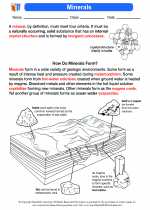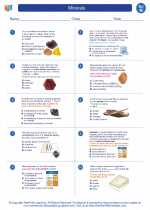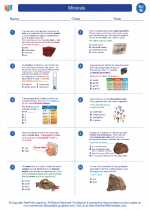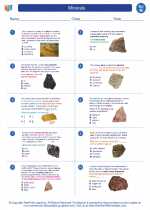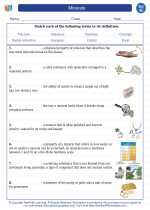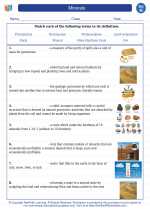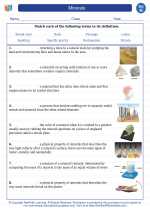Atom
Definition
An atom is the basic unit of matter, composed of a nucleus containing protons and neutrons, with electrons orbiting around the nucleus.
Structure
The nucleus of an atom contains protons, which have a positive charge, and neutrons, which have no charge. The electrons, which have a negative charge, orbit around the nucleus in energy levels or shells.
Subatomic Particles
Protons, neutrons, and electrons are the subatomic particles that make up an atom. Protons and neutrons are located in the nucleus, while electrons are found in the electron shells surrounding the nucleus.
Atomic Number and Mass Number
The atomic number of an atom is the number of protons in its nucleus. The mass number is the sum of the protons and neutrons in the nucleus.
Isotopes
Isotopes are atoms of the same element with different numbers of neutrons. They have the same atomic number but different mass numbers.
Electron Configuration
Electron configuration refers to the arrangement of electrons in the electron shells of an atom. It follows the rules of filling the lower energy levels first before moving to higher energy levels.
Study Tips
- Understand the structure of an atom, including the arrangement of subatomic particles.
- Practice determining the number of protons, neutrons, and electrons in an atom based on its atomic and mass numbers.
- Learn how to write electron configurations for different elements.
- Explore the concept of isotopes and how they affect the properties of an element.


